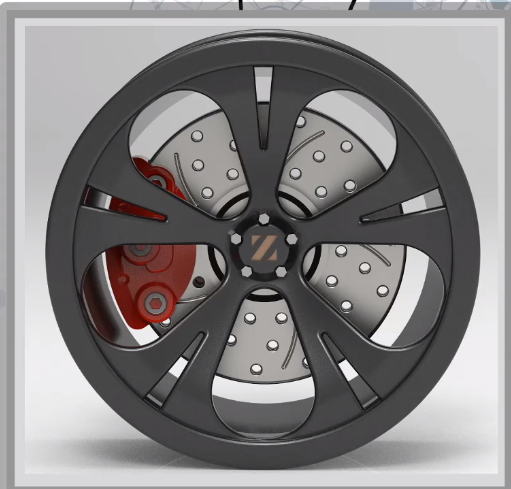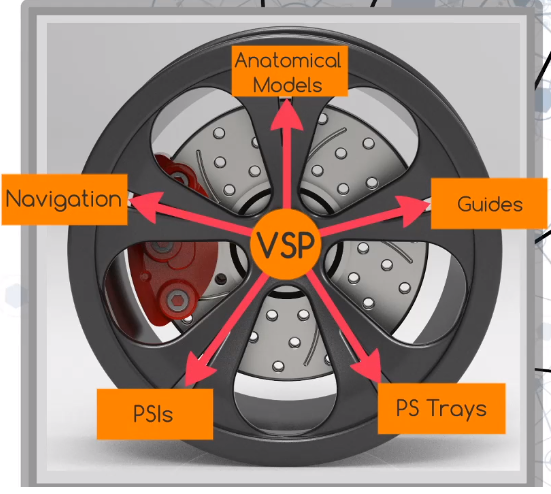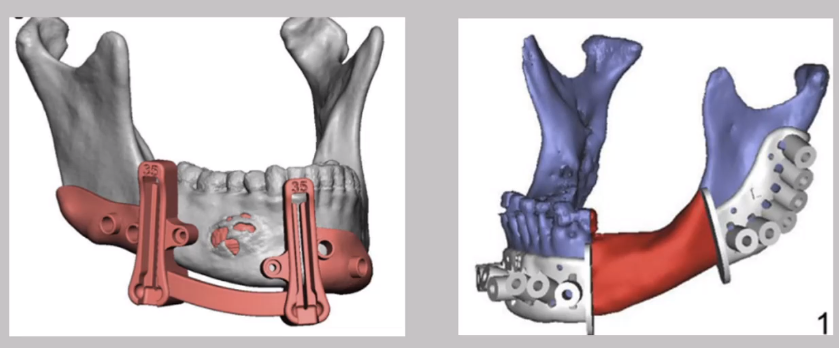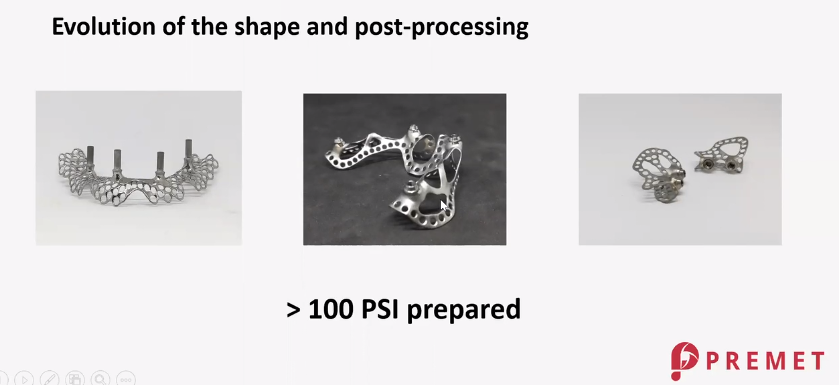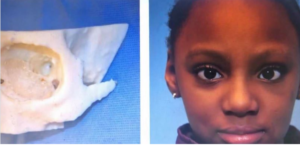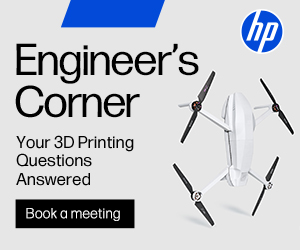3DHEALS 2020 Virtual Medical Summit: Comprehensive Look at Craniomaxillofacial 3D Printing
There were a multitude of sessions and sub-sessions to follow at 3DHEALS 2020 (running from June 5-6, 2020), with over 70 speakers and four workshops, covering many topics on complex design and patient-specific treatment. Here at 3DPrint.com, we have covered many stories on craniomaxillofacial surgeries, including exploring patient-specific applications, research into simulation, and the use of advanced 3D printed visualization and surgical planning guides.
In attending the virtual summit, however, we were able to hear from Dr. Devid Zille (Director of Applied Innovations at OsteoMed), Dr. Rui Coelho (CEO at BoneEasy), Zsolt Pasztor, PhD (Managing Director at PREMET), and Dr. Albert Woo (Associate Professor of Surgery at Brown University)—professionals and innovators who put the wheels into motion for fabricating complex, 3D medical designs for intricate surgeries. As an interesting side note, Dr. Zille actually used to work in the automotive realm as a car designer and, yes, he actually designed wheels (see below).
Now, as an oral and maxillofacial surgeon, Zille states that he sees parallels between virtual surgical planning (VSP) and the spokes of the wheel that he designed below:
Zille also discusses the numerous evolutionary phases in 3D printing with training models, patient-specific models, cutting guides, and patient-specific implants.

Older style on left; newer 3D-printed guide on the right, patented by OsteoMed, that extends into the nasal cavity for better fit.
Initially, the surgeon also stated that surgical planning with conventional methods can be extremely time-consuming and is not always predictable. Models allow for better diagnostics and treatment, and excellent training for everyone from medical students to surgeons.
Surgeries now can be simulated ahead of time, offering much better visual presentation and a foundation for nearly “anything to be developed over the mesh.” Zille points out that that includes cutting tools, but also patient-specific implants.
Dr. Rui Coelho went on to explain what is involved in biological design, as it requires engineering and architecture, as well as a surgeon.
“We should design a process where the experience of all of the designs could benefit new designs,” explains Coelho in his presentation. “Our design should answer to every anatomical detail. Not only to the bone but also the surrounding structures.”
Engineers must have time to examine the face of the patient, decide on materials for proper attachment (such as metal, PEEK, ceramics), create a prototype, and ultimately, improve the quality of life for the recipient.
Zsolt Pasztor, PhD, introduced himself from Hungary, explaining that Budapest is the capital of “dental tourism.” In using dental implants, placement is critical; however, 50 percent of patients do not have sufficient room for these medical devices, meaning that more ‘complex solutions’ like customized, patient-specific implants often offer success.
Development of implants includes:
- Design
- Measurements
- Simulation
- Consultation
- Continuous improvement
Fit for the patient, mechanical properties, and osseointegration are most important.
As a surgeon, Dr. Albert Woo explains that procedures involving the eye sockets are usually the most delicate. Those are the cases that concern him the most, due to the extreme precision required in measuring. Insertion of implants in such surgeries requires state-of-the-art materials and technique.
Woo has also inserted implants in other severe cases; for instance, one patient was missing half of his nose due to cancer. With digital imaging, Woo was able to use a scan from the other side of his face to create an appropriate prosthetic. His team has also used 3D printing to sidestep the need for making molds. With 3D imaging, they are able to create the orthotic and go from there.
Dr. Woo concluded his presentation by explaining that he and his team are also using 3D technology for computational flow dynamics, creating new designs for treating spinal tumors.
Although originally set for ‘the heart of San Francisco’ as a venue, this year’s 3DHEALS Global Healthcare 3D printing conference became a virtual—and inspiring—event. Focusing on the continued impacts to the field of medicine, rather than cancel the annual event due to the COVID-19 restrictions, founder and CEO, Dr. Jenny Chen, committed to an online format, and along with seeing every speaker conform to the changes, she was even able to add 25 percent more in programming.
What do you think of this news? Let us know your thoughts! Join the discussion of this and other 3D printing topics at 3DPrintBoard.com.
[Source / Images: 3DHeals 2020 – ‘3D Printing in CMF’]Subscribe to Our Email Newsletter
Stay up-to-date on all the latest news from the 3D printing industry and receive information and offers from third party vendors.
Print Services
Upload your 3D Models and get them printed quickly and efficiently.
You May Also Like
3D Printing News Briefs, May 3, 2025: Executives, Awards, & a 3D Printing Factory
We’re focusing on additive manufacturing business news today, as both Velo3D and PostProcess Technologies announced changes to their Boards of Directors. Sandvik Metal Powder has a new president, and Klas...
EOS Releases Medical Device Master File for M290 3D Printer
Laser powder bed fusion (LPBF) firm EOS has released a Medical Device Master File that will make it easier for customers to achieve regulatory success. The file will essentially be...
Velo3D Secures $22M Metal 3D Printing Powder Supply Deal with Amaero
Velo3D (OTCMKTS: VLDX) has signed a major new agreement with metal 3D printing powder manufacturer Amaero (ASX: 3DA). The five-year deal is valued at USD $22 million and centers around...
Push Button Metal 3D Printing for $50,000?
In 2021 we wrote an article about “Push Button Metal, the low cost metal 3D printing evolution we are not talking about.” In it, we talked about One Click Metal,...



